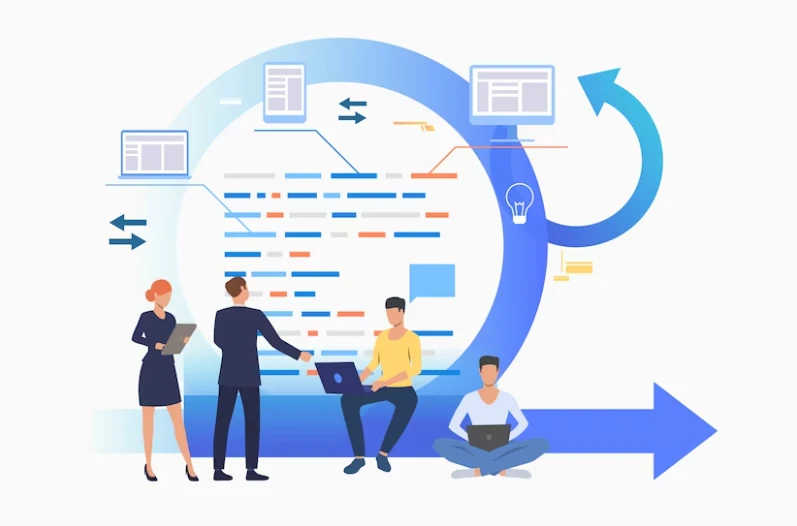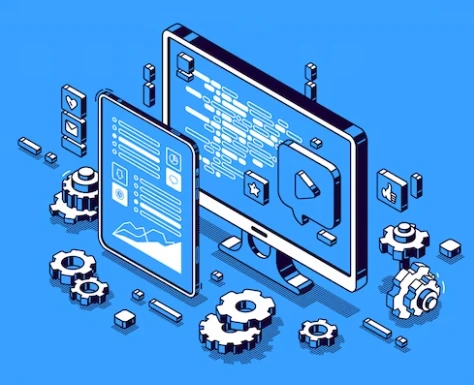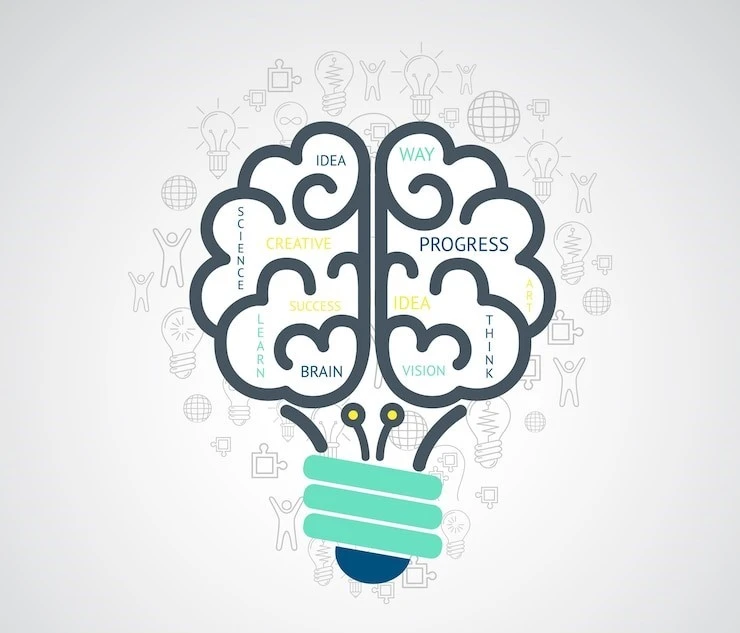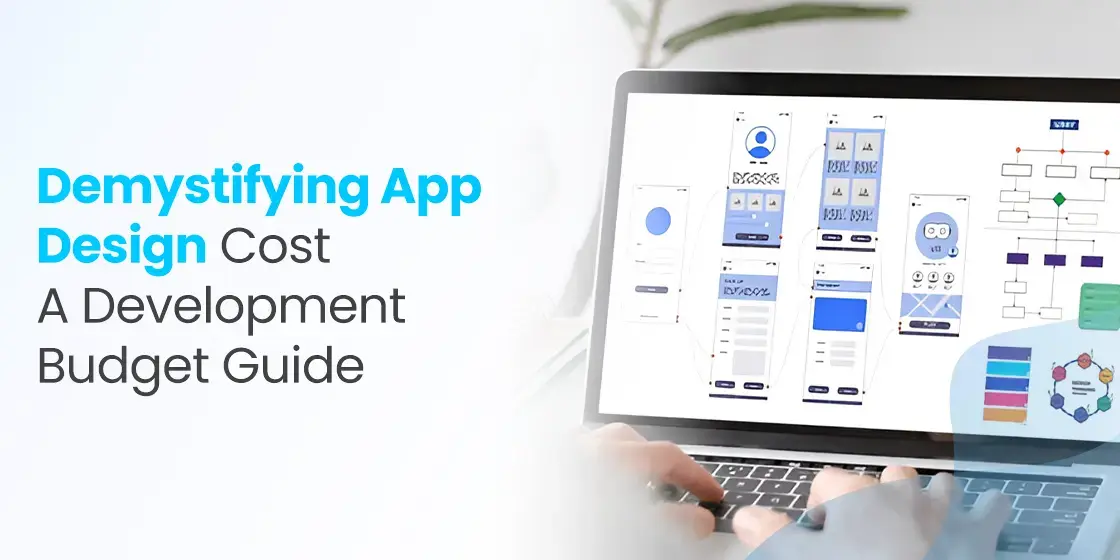Table Of Content
Discover the Defining Principles that Guide Lean Development
Lean development has seen a significant rise in recent years, especially among the manufacturing and production industries. However, they are not the only ones as Lean software development is slowly rising in the ranks to becoming one of the most used development methodologies today.
The reason Lean is so popular and successful in a variety of industries is because it has been proven to optimize internal processes, thus having a net positive impact on your budget with smaller and fewer variations.
So, why has Lean been so successful? What are the driving forces behind its working, and how are they able to improve efficiency and productivity in a variety of industries? Considering that established software development models like Agile, Waterfall, and more have already been proven to be effective, why are industries looking to adopt and use Lean as their development methodology of choice?
Let’s dive in and discover the evolution of Lean, its core tenets that guide its usage, and the reasons why the top custom software development services have started using it more commonly.
What is Lean Software Development?

Let’s start by understanding the process and the concept behind Lean. Lean development is a type of project management framework, which focuses on optimizing and streamlining the time and resources used. Now the most prominent driving force behind it is its process that is designed to deliver a project in its simplest forms by reducing anything that doesn’t add to the project’s meaning.
One of the core factors that enable Lean to work is the process of iterative trial-and-error. That means that through progressive iterations, you try to identify exactly what’s needed for success, in the most optimum and minimal resource optimization possible.
In software development, the concept of minimum viable product is something that follows Lean principles. With innovation as a prominent feature in many software projects, it can only be truly successful if there is an element of failure in your process. And that is where MVP shines through.
Through repeated iterations you are able to realize the minimum amount of features and elements needed to build a working product for your idea, which can be then released to the consumers if needed.
Some people also say that Agile is quite similar to Lean, as they both rely on user feedback to improve on their process and deliverables. In both cases the development teams develop and release their own versions of the product, which then receives feedback from the consumers in order for them to improve on it.
However, one major difference between the two software development methodologies is that unlike Agile, Lean focuses on process optimization by eliminating anything that does not add value to the project. Agile on the other hand focuses on speed.
The Lean Development Journey – From Automotive Industry to Software Development

Now that we have an understanding of Lean software development, a question arises – how did it come to be? The formation of Lean as an ideology starts back during the latter third of the 20th century. The Japanese had established themselves a formidable power in the world of manufacturing, whether it was consumer electronics or automobiles.
The Toyota automobile manufacturers discovered that there were problems with their product deliveries, as products were being delayed due to the manufacturing process taking too long on the factory floor. And the company decided to tackle that by changing the working methodology.
They were the ones that came up with Lean methodology for manufacturing, but over the years different industries discovered that the same principles were not only applicable, but also easily carried over to their niches.
From banking to the supply chain and engineering fields, businesses started adopting Lean into their workflows in order to reduce their overheads. And it was in 2003, that Lean software development came into being.
The best part about it that attracted many businesses was the fact that Lean focused on the organization as a whole, while Agile is more team oriented. And after every iteration, developers and the organization removes something that doesn’t add value to the overall deliverable. This process helps in identifying bugs as early as possible, by eliminating the number of factors that could have affected the product at a certain point.
Seven Core Principles of Lean Software Development

While Lean software development may be simple in essence, people are often confused about how its focus on simplicity able to help an organization improve their ROI by that much. So, now that you know how Lean proved itself as an effective methodology, let’s look at a few factors that make Lean so successful as a development methodology.
1- Waste Elimination

When we talk about waste elimination, it is a core tenet of the Lean development methodology. Waste is something that reduces the value of the product being created. In software development terms, we can say that waste is any kind of code that does not add any true value to the software, such as redundant code, testing code, and more. Similarly, any activity that is being done more times than needed is also considered a waste.
Now, it may seem something simple or obvious, but many projects face issues caused by clashing pieces of code that add no value to the project, but were left behind by developers not following standards. By eliminating these, you can improve your project’s efficiency.
2- Quality Creation
If removing waste is the first and most important tenet of Lean development, then quality creation is just behind it. The idea behind waste reduction and removal is to identify what adds value and what does not. Quality management is a part of any and every application lifecycle management methodology, and know that quality isn’t always about things that can be seen on the product.
One of the ways that Toyota provided value through Lean implementation, was to deliver the car to their consumers on time. Now, that speed of delivery isn’t something that can be seen, such as the quality of the body panels, or the smoothness of the paint job on the car. However, that delay was a factor that showed Toyota that it was not able to provide the value its customers expected.
Another way you can provide value is through consistency. Consistency in the quality of the products your develop provides value by ensuring that the customers knows what they will get if they buy from you.
3- Knowledge Creation

Another great driving principle of Lean software development is the value of creating a knowledge base for process efficiency. With its roots in industrial manufacturing, Lean works by standardizing process flows for greater simplicity and consistency in production.
So, in order to standardize something, there needs to be a comprehensive knowledge base for the processes required, so that people can verify and learn from it. In short, we can say that we need to boost learning in order for Lean to make an impact.
This proved itself to be quite effective, as throughout the project development process, there was significant amounts of data and insights generated, which would help the team perform and optimize their project.
For example, developers would create an initial code base in the early stages. But at that time, the focus would be on functionality rather than performance. However, slowly, the code would be optimized and trimmed in order to manage waste, and that knowledge of what to remove and what could be modified will them in the future when developing new projects.
4- Defer Commitment to the Last
Making decisions is a part of the project management domain. From the start of the project during the planning stage, a project manager would have to make decisions to ensure that the project goes well. However, while its true that without taking decisions a project couldn’t be handled well, if at all, having a long list of decisions to fulfill right at the start can be problematic for everyone.
Moreover, if we talk about a project manager, chances are that the people above you want to make the right decisions and on their time too. But in the initial phases of the project, the project manager doesn’t have a lot of information in order to make an informed decision.
Lean allows you to defer that as long as possible, so that you have all the necessary data required to make the proper decision. While this means that
5- Fast Delivery

When we talked about adding and providing value to your consumers through your product and service, we learned that one of the ways to do it is by providing quicker delivery. That is the problem that necessitated that Toyota look for a change of process methodology.
Now, quicker delivery times aren’t just helpful for your consumers. They are also useful in saving the time of your resources and the company at large. And a shorter time spent means less cost incurred. But how can the company increase its delivery speed?
Well, some of the ways to do that is by:
- Improving and expediting communication channels
- Simplifying the solutions and processes
- Planning for the short term as well as the long term
6- Interpersonal Respect
In order for a group to function as a team, it is important that there is a level of respect among them as peers. And no matter how skilled a person might be as an individual, if they cannot work well with others while respecting the opinion of others, they wont be able to help you improve the process.
That is because for an innovative and efficient team, there needs to a drive for individual thinking, which engenders an environment of diverse ideas and techniques. And such an environment requires that everyone is allowed to contribute equally to a conversation. That is why both Agile and Lean specify independence as well as respect via:
- Transparent and effective communication
- Empowering team members
- Encouraging a healthy debate
- Tackle issues through discussion and collaboration
7- Complete Project Optimization

Finally, Lean’s last, and perhaps the biggest defining feature, is that it works to optimize at a global, organizational level. Many techniques offer optimization for business processes. At most, they are implemented at the team or department level. Change at organizational level is a difficult prospect, which separates the organizations that truly want to change from those that think they want to change.
The big picture approach is something that organizations need to cultivate in order to see true growth. Think of it in terms of user experience. If you have focused different individual teams on developing a single module each, so that it functions flawlessly, yet there is no thought given to optimizing the app as a whole, chances are that customers will find it haphazard.
This shows that overall optimization is often times more successful if not the same, as low-level optimization when driving growth and change. In short, you need to have balance between efficiency, maintainability, and flexibility at different tiers of the organization is a must-have for Lean, and is also one of the defining Agile team characteristics.
How Does Lean Development Makes Its Case as an Effective Development Model?
There are many reasons why we can say that despite having roots in the manufacturing industry, Lean software development is an effective software development methodology. If we look at its guiding principles, we can see that it strives to improve the organization as a whole, bringing optimal efficiency to all aspects of the business through process optimization.
Some of the most prominent aspects that make it perfect for the software industry include:
- Reduction in waste and thus, business resources
- Leads to effective and innovative solutions
- Shrinks the development process
- Simplifies the development process
- Promotes individual involvement in teams
- Reduces the chances of making drastic changes or redeveloping of project
Conclusion
In short, lean software development is an effective and time-proven methodology that can help a business transform at all levels, from the team and functional unit level, all the way up the organization’s chain.
And while Agile software development does overlap in some aspects with Lean, Agile works better at lower levels of the organization while Lean is better at the complete organizational level.
FAQs
| 1- Is lean software development a part of the Agile methodology? Yes, we can say that Lean software development, or LSD, conforms to the agile methodology, which focuses on optimizing your processes for maximum efficiency by eliminating waste and using an iterative process based on feedback to improve. |
| 2- Is Lean better than Agile? Frankly, Agile and Lean are quite similar in their work. In the end, we can say that Agile is more focused on the functional level, and focuses on delivering quality through iterative process. Lean on the other hand focuses on the organization as a whole, delivering value by reducing waste and optimizing processes for a minimalist yet effective framework. |
| 3- What are the three types of inefficiencies that Lean is designed to eliminate? According to Toyota, there are three types of organizational hurdles that Lean is designed to eliminate – Muda (Waste) – Mura (Unevenness) – Muri (Overburden) |
Empower your digital initiatives with BariTechSol, a premier custom software development company. Our skilled team tailors cutting-edge solutions to your unique needs. Elevate your tech experience and stay ahead in the digital realm. Partner with BaritechSol and code the success of your next big idea.


